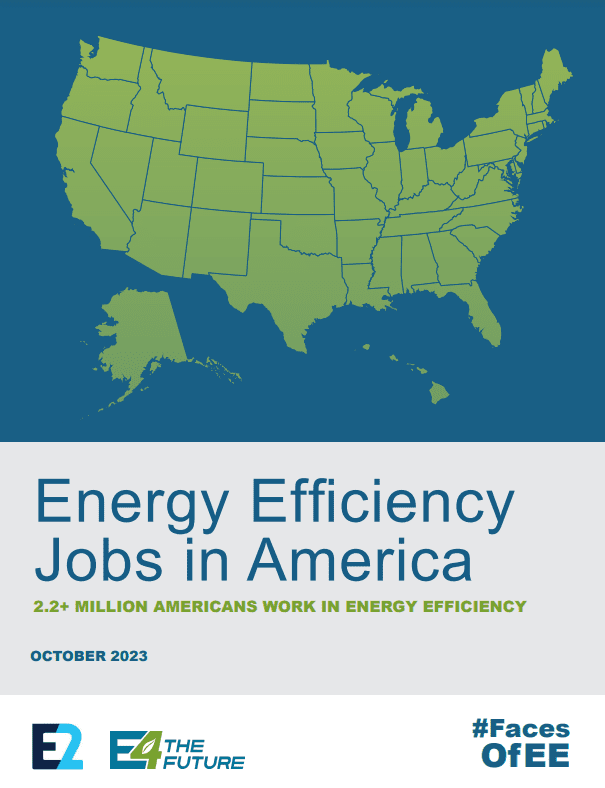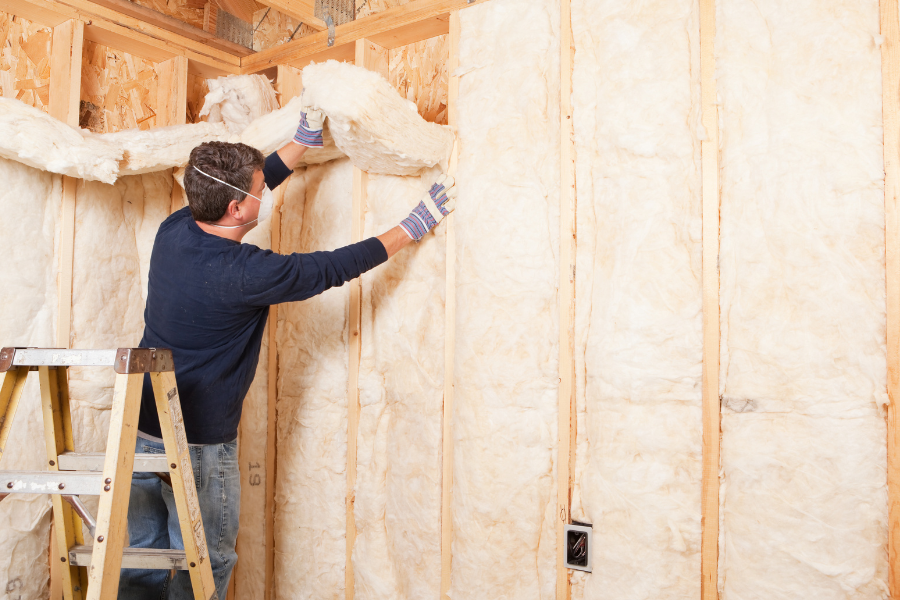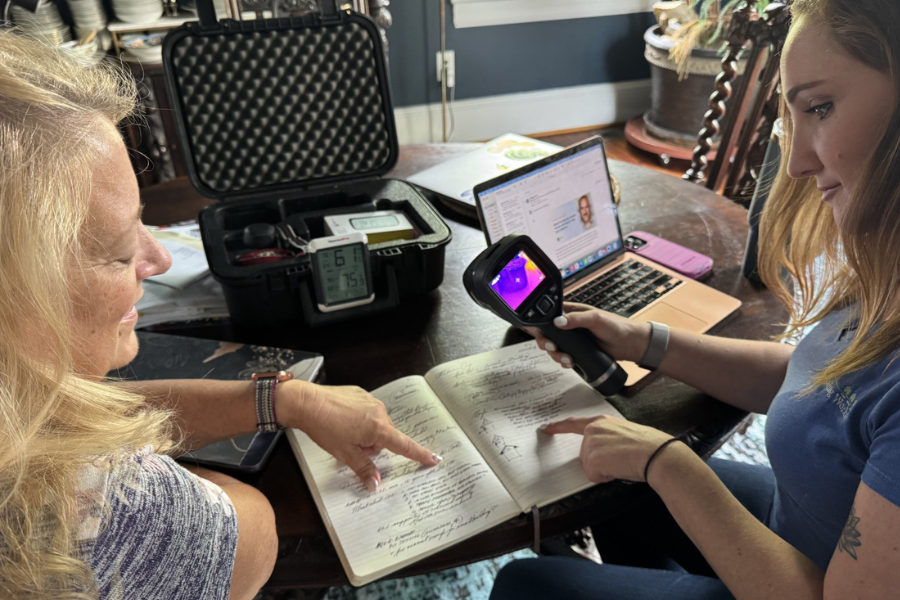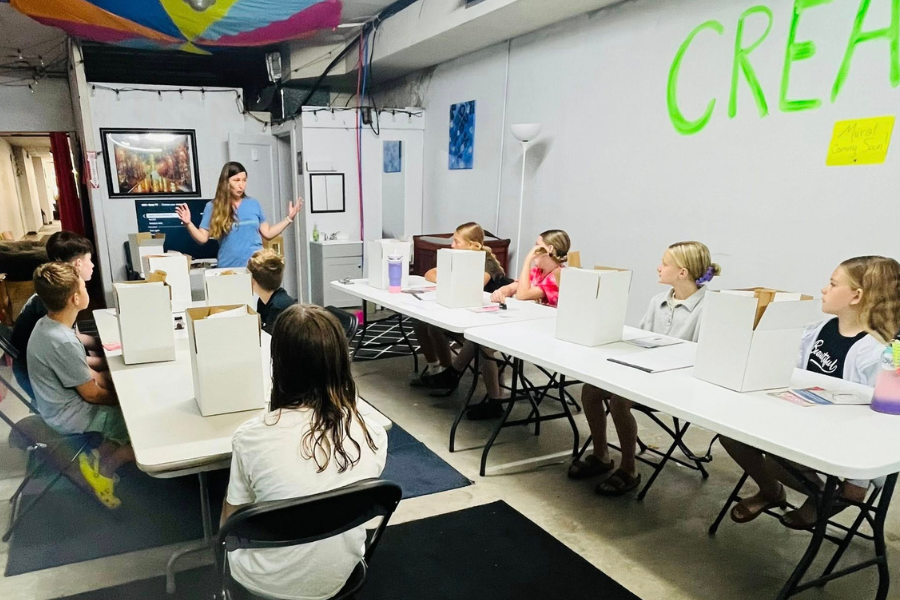Oct 18, 2023
2023 Energy Efficiency Jobs in America Report Released
Prioritizing workforce development in every state will be essential to meeting the demands of U.S. climate goals and creating a more diverse workforce.
By: Macie Melendez

Last week, E4TheFuture and E2 released their seventh annual Energy Efficiency Jobs in America report. This report is based on data from the U.S. Energy and Employment Report (USEER), an annual report produced by the U.S. Department of Energy that examines employment across the entire U.S. energy sector, as well as a supplemental survey of approximately 34,200 business representatives across the U.S.
This year, the report paints a picture of an industry poised for growth. In 2023, two of every five U.S. energy sector jobs is in energy efficiency (EE), making it the second-largest energy sector employer in the U.S. Energy efficiency employs 2.2 million people, which is nearly as much as the motor vehicle and component parts industry at 2.6 million.
According to the data, Nevada is the state leading all others for job growth with a total of 12,173 energy efficiency jobs and growth at nearly 7%. New Mexico, Oklahoma, and New Jersey follow closely behind with job growth of 6% (New Mexico) and 5% (Oklahoma and New Jersey). These same states also experienced this highest percentages of growth in 2022.
A majority of the states have far more energy efficiency workers than the number of workers in other energy sector jobs. All that said, the energy efficiency workforce has not fully recovered from pandemic-related losses. As of 2022, jobs had recovered 60% from January 2020. While recent federal investments will help, the report’s National Summary suggests that the industry help speed up that recovery and truly thrive by improving workforce diversity.
It states: “A diverse workforce is proven to boost innovation, productivity, employee satisfaction and retention as well as profits. Diversity in hiring will be key to improving business outcomes and ensuring that communities across the nation are better represented in the efficiency sector. Investing resources to ensure EE workforce trainings are deployed in diverse communities will also enable a more diverse pool of potential workers to access careers in EE.”

Prioritizing workforce development in every state will also be essential to meeting the demands of U.S. climate goals and creating a more diverse workforce.
The report provides details for all 50 states and the District of Columbia, including how many energy efficiency businesses are in each state, state-specific demographics, industry breakdowns, and more detailed geographic data. View your state here.






